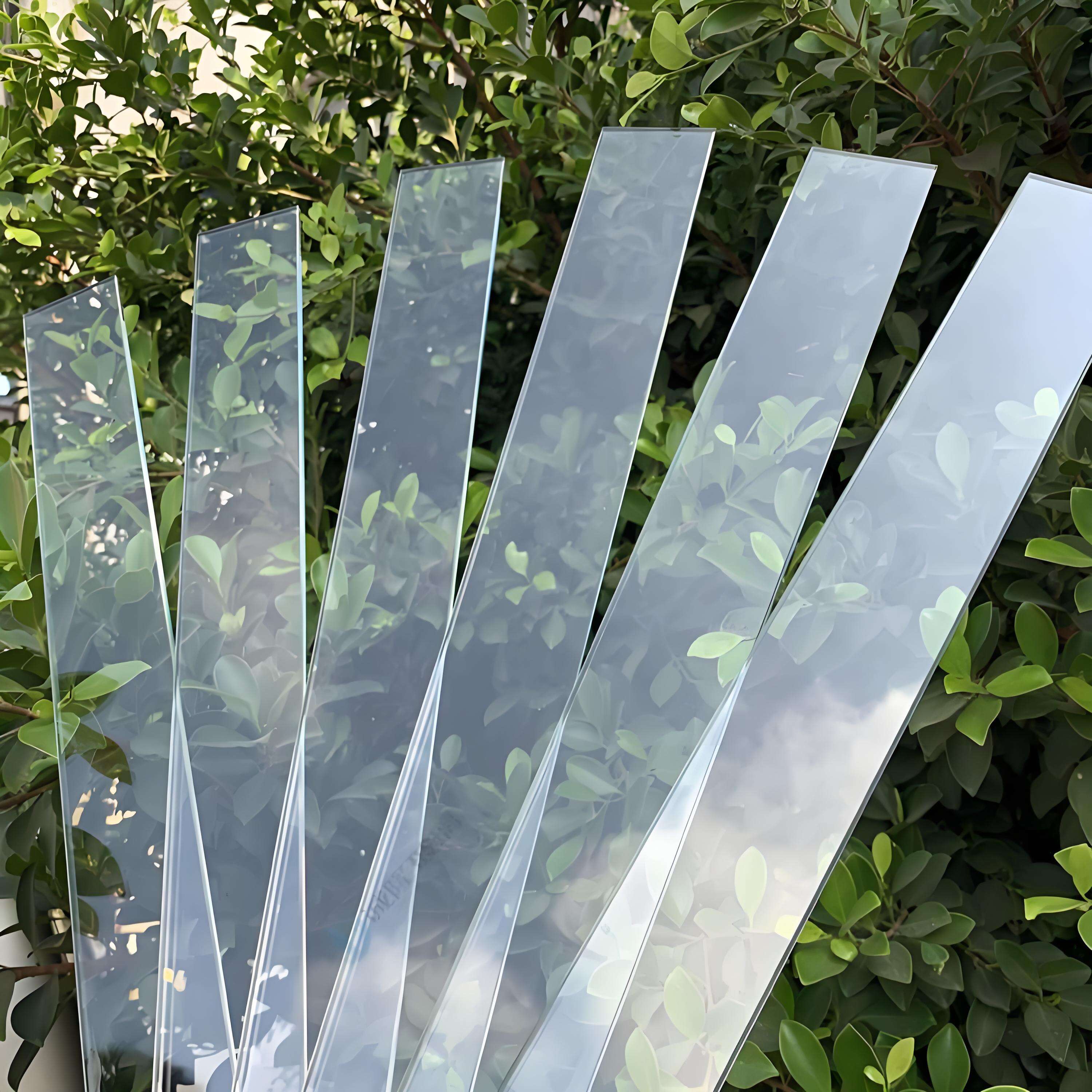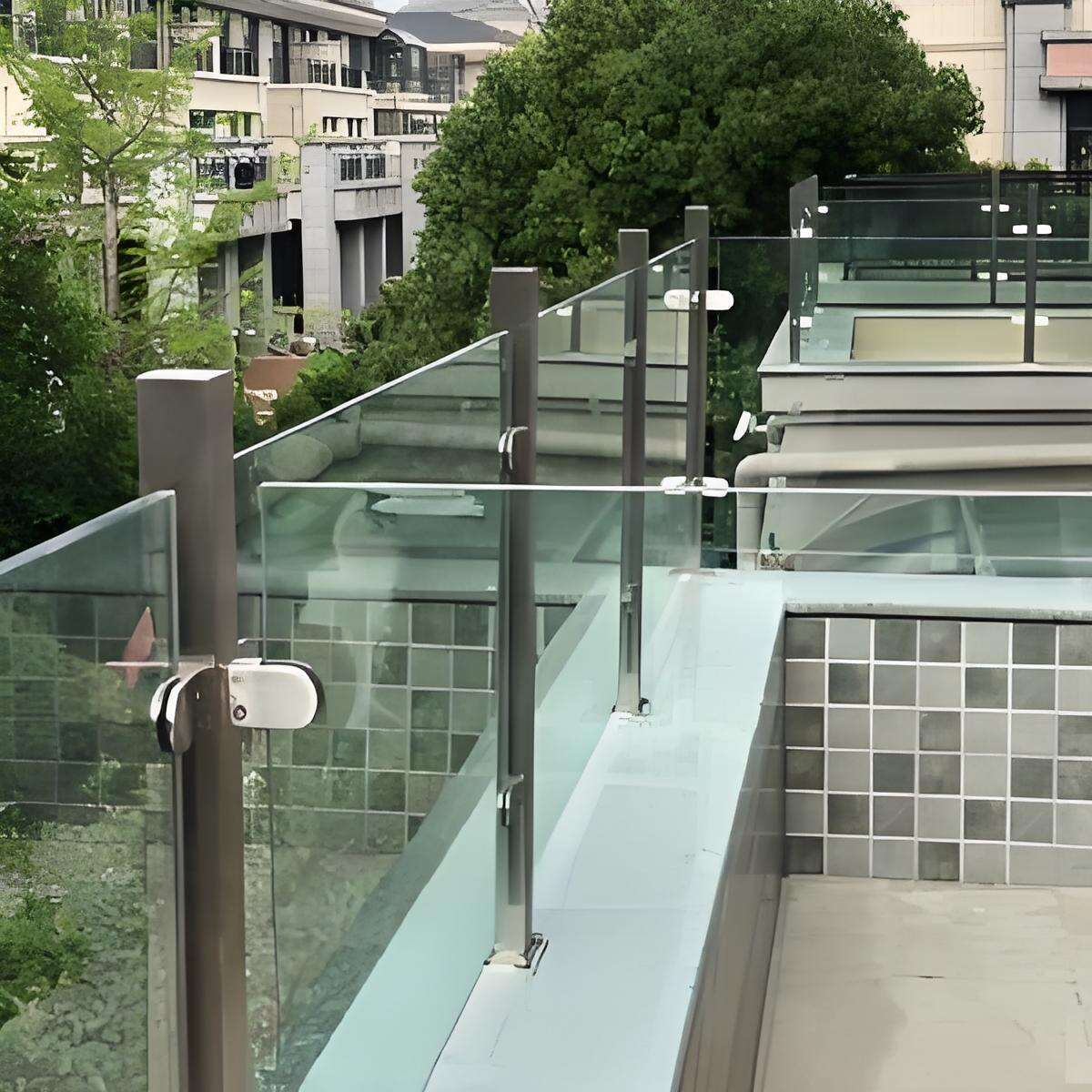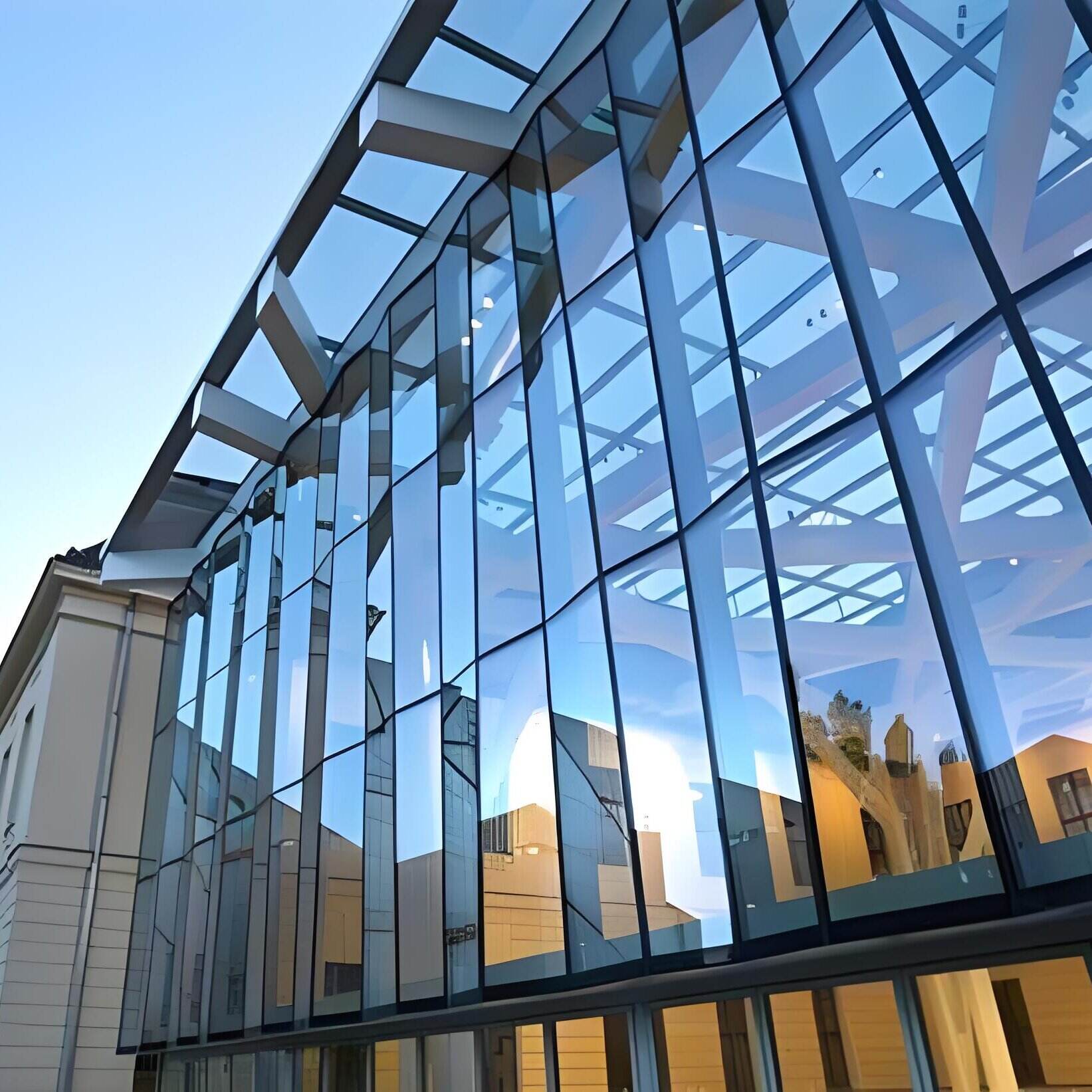curved glass windows cost
Curved glass windows cost represents a significant investment in modern architectural design, combining aesthetic appeal with functional excellence. These distinctive windows typically range from $500 to $3,000 per square meter, depending on various factors such as size, curvature degree, and glass specifications. The cost encompasses multiple elements including the specialized manufacturing process, which utilizes advanced tempering and bending techniques to achieve the desired curve while maintaining structural integrity. The price also factors in enhanced thermal performance capabilities, UV protection features, and customization options. Installation costs generally add 20-30% to the base price due to the specialized expertise required. The manufacturing process involves heating flat glass panels to their softening point, approximately 1,100-1,500°F, before carefully shaping them into the desired curve. This precision process ensures both aesthetic appeal and structural reliability. Modern curved glass windows incorporate various technological advancements, including low-E coatings, argon gas filling, and multi-pane configurations, all of which influence the final cost. These windows find applications in both residential and commercial settings, from luxury homes to corporate headquarters, where they serve as striking architectural elements while providing panoramic views and natural light.


